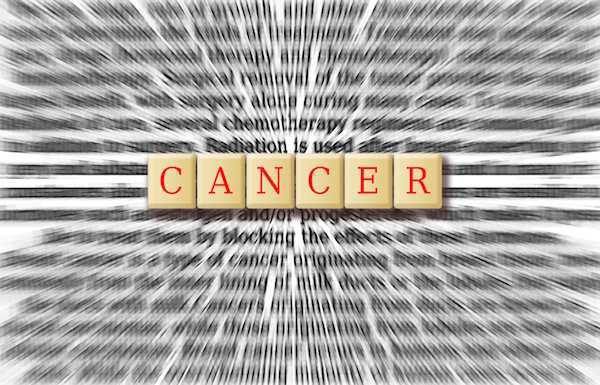
MONDAY, April 4 (HealthDay News) — Human papillomavirus (HPV), a common sexually transmitted virus that accounts for most cases of cervical cancer, may also play a role in lung cancer, researchers report.
In other smaller studies, HPV has been found in lung cancer patients. But what role the virus plays, if any, in the development of the disease is not known, the scientists from the International Agency for Research on Cancer (IARC) said.
“These preliminary results warrant further investigations into the role of HPV in lung cancer,” said lead researcher Devasena Anantharaman, a postdoctoral fellow in Genetic Epidemiology Group, which is part of IARC.
“However, determining the physical presence of the virus in these lung tumors along with other established markers of HPV-related cancer are necessary to establish a causal relationship,” Anantharaman said.
The findings were to be presented Monday at the annual meeting of the American Association for Cancer Research, held in Orlando, Fla.
For the study, Anantharaman’s team looked for types of HPV among 1,633 lung cancer patients and 2,729 people without the lung disease.
The researchers found that people without lung cancer had fewer types of HPV than lung cancer patients did. Among lung cancer patients, the chances of having eight types of serious HPV were significantly increased, the researchers added.
The strongest risk factor for lung cancer is smoking, however, this did not account for increased HPV infection, the study authors noted. The link between HPV and lung cancer remained for current and former smokers, as well as nonsmokers. The results were the same for men and women, Anantharaman said.
High-risk HPV types, including HPV16 and HPV18, account for some 70 percent of cervical cancers. Low-risk types, such as HPV6 and HPV11, cause conditions such as genital warts, and have also been seen in respiratory papillomatosis, which is a benign lung condition, Anantharaman said.
There is a vaccine to prevent HPV, but whether the same vaccine would have any effect on lung cancer is not clear, Anantharaman said.
“This study aims to report observed associations. Whether these indicate a causal relationship remains to be established,” he said. “I understand the interest in relation to HPV vaccination. However, any interpretation in that light seems farfetched at the moment.”
The study was funded by IARC.
Dr. Luis E. Raez, co-leader of the Thoracic Oncology Group at the Sylvester Comprehensive Cancer Center at the University of Miami Miller School of Medicine, said that “this association is not enough to establish causality.”
However, this initial finding is interesting enough to be the basis for more studies designed to confirm this link, he said. “Maybe this virus is related to lung cancer,” Raez said.
“If this virus is really related to lung cancer, maybe you could vaccinate smokers with HPV vaccine and you can prevent lung cancer,” he said.
Experts note that research presented at meetings has not been subjected to the rigorous review that precedes publication in a medical journal.
More information
For more on HPV, visit the U.S. Centers for Disease Control and Prevention.

